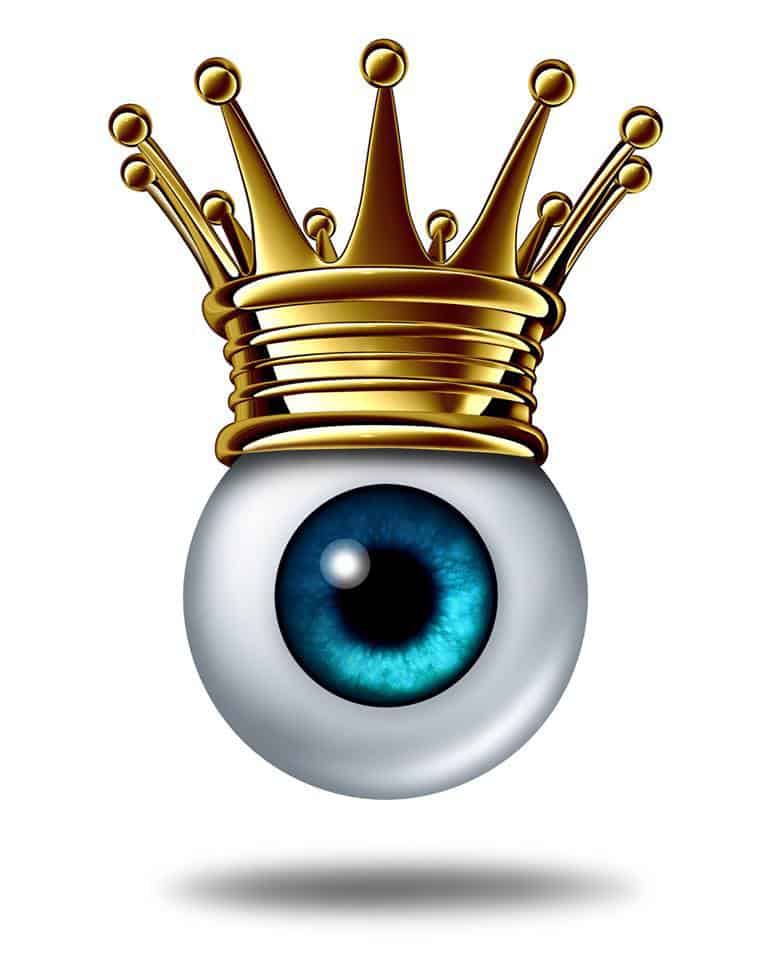I remember it as if it were yesterday. It was the month of April 1970 and I was in secondary school. My dad was in the diplomatic corps and we were living in Ghana at that time.
The Apollo 13 space mission had just launched. Coincidentally it was also the beginning of what I knew later would be called the red eye epidemic. People left and right were contracting the disease. I remember the yellow gunk coming out of their eyes and the many stories that we were bandied about.
One of the stories was about debris falling out of the sky making people sick after the Apollo launch. In due course the disease earned the nickname “Apollo”. Every time anybody had the red eye we would say: She has the Apollo.
It was only many years later that I learned the real name of the disease….”Epidemic Keratoconjunctivitis”. “Kerato” because it affects the cornea (the clear membrane in the center of the eye) and “conjunctivitis” because it affects the conjunctiva (the membrane that covers the white part of the eye and the insides of the eyelids).
After treatment, most people recover within three to four weeks but there is a small group that complain of persistent blurry vision. If the infection was mild, the cornea heals with little or no complication. In very severe cases the cornea is almost always affected in the form of lesions that can persist.
That is what causes the blurriness. In order to get rid of the blurriness, one needs to use stronger eye-drops. Anti-inflammatory eye-drops help.
So, If you”ve had the red eye recently or in the last few months and your vision is still blurry do not hesitate to go back to the doctor as soon as possible. You”ll be grateful that you did.
“Remember We Keep an Eye on Your Eyes”
- 10 SIGNS YOU NEED AN EYE EXAM - May 20, 2018
- WORLD GLAUCOMA WEEK - March 11, 2018
- The Importance OfEye Exams - February 5, 2018

Recent Comments